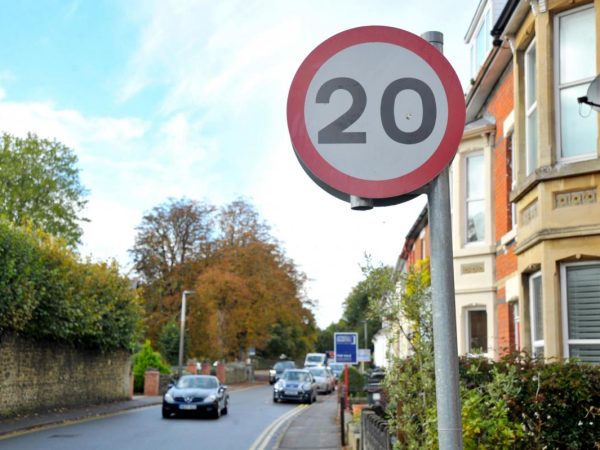The aurora, a mesmerising natural phenomenon, paints the night sky with vibrant hues of green, purple, and blue. But catching this celestial spectacle isn’t just a matter of luck—it requires understanding and tracking aurora forecast. In this comprehensive guide, we’ll delve into the fundamentals of aurora forecasting, empowering you to witness this breathtaking display with confidence.
What Causes the Aurora Forecast?
Before diving into forecasts, let’s grasp the science behind the aurora. The phenomenon occurs when charged particles from the sun, known as solar wind, interact with the Earth’s magnetic field. These particles excite atoms in the atmosphere, resulting in the emission of light. The colours we see depend on the type of gas—oxygen produces green and red hues, while nitrogen contributes to blue and purple shades.
Understanding Aurora Forecast Metrics
Aurora forecasts use various metrics to predict the likelihood and intensity of auroral activity. Key indicators include the Kp index, which measures geomagnetic activity on a scale from 0 to 9, and the Aurora Oval, depicting the regions where auroras are most likely to occur. By monitoring these metrics, enthusiasts can anticipate prime viewing conditions.
Interpreting the Kp Index
The Kp index serves as a crucial tool for aurora chasers, indicating the strength of geomagnetic storms. A higher Kp value correlates with heightened auroral activity, with levels ranging from quiet (Kp 0-1) to stormy (Kp 8-9). Understanding these gradations enables individuals to plan their aurora expeditions accordingly.
Forecasting Tools and Resources
Fortunately, accessing aurora forecasts has never been easier, thanks to a myriad of online tools and resources. Websites like the Space Weather Prediction Center and Aurora Forecast provide real-time updates on geomagnetic activity and auroral predictions. Additionally, smartphone apps such as Aurora Alerts notify users when auroras are visible in their area.
Factors Affecting Aurora Visibility
While forecasts offer valuable insights, several factors can influence aurora visibility on any given night. Cloud cover, light pollution, and geographic location all play pivotal roles in determining whether the aurora will be visible. Choosing a clear, dark-sky location away from city lights significantly enhances your chances of witnessing the spectacle.
Planning Your Aurora Expedition
Effective planning is essential for a successful aurora expedition. Start by researching optimal viewing locations based on your proximity to the Aurora Oval. Next, monitor forecasted Kp values and weather conditions to select the best night for viewing. Remember to pack warm clothing, camera equipment, and snacks for a comfortable and memorable experience.
Capturing the Aurora
Photographing the aurora presents its own set of challenges and rewards. To capture stunning images, use a tripod to stabilise your camera and set a high ISO to capture faint light. Experiment with long exposures and wide-angle lenses to encompass the entire sky. Patience and persistence are key—don’t be discouraged if conditions aren’t ideal on your first attempt.
Safety Tips for Aurora Watching
While chasing the aurora can be exhilarating, it’s crucial to prioritise safety during your expedition. Dress in layers to stay warm in frigid temperatures, and pack emergency supplies in case of unforeseen circumstances. Additionally, inform someone of your itinerary and location before embarking on your adventure to ensure peace of mind.
Conclusion
As we conclude our journey into the realm of aurora forecasting, we hope you feel equipped and inspired to embark on your own aurora adventures. By understanding the basics of auroral science, interpreting forecast metrics, and planning strategically, you can maximise your chances of witnessing this awe-inspiring phenomenon. So pack your bags, venture into the night, and let the dance of the aurora illuminate your soul.
FAQs
1. How often do auroras occur?
Auroras occur throughout the year but are most commonly observed during periods of high solar activity, typically every 11 years during the solar maximum.
2. Can I see the aurora from anywhere on Earth?
While auroras are primarily visible in polar regions, particularly the Arctic and Antarctic, they can occasionally be seen at lower latitudes during geomagnetic storms.
3. What time of year is best for aurora viewing?
The winter months, particularly December to March, offer optimal viewing conditions due to longer nights and clearer skies. However, auroras can occur year-round, so monitoring forecasts is key.
4. Are there different types of auroras?
Yes, the two primary types of auroras are the Aurora Borealis (Northern Lights) in the Northern Hemisphere and the Aurora Australis (Southern Lights) in the Southern Hemisphere.
5. How far in advance can auroras be forecasted?
Aurora forecasts typically provide predictions for up to a few days in advance, although accuracy decreases the further out you plan. Monitoring real-time updates is recommended for the most reliable information.
Also read: Sheldon Keefe Wife Revealed: 10 Things You Didn’t Know About Her














